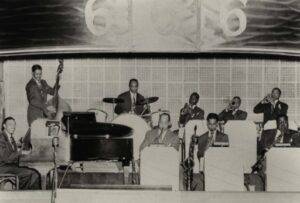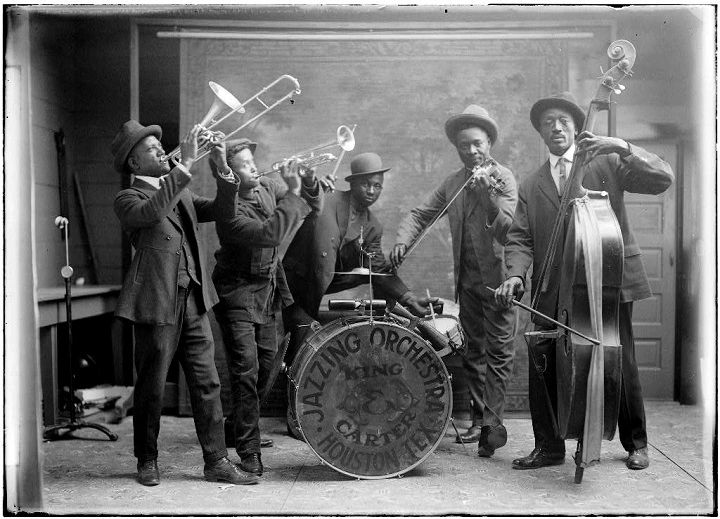The Cultural Landscape of the Early 1900s

To understand the impact of this new form of entertainment on the popularity of ragtime and jazz, we must first grasp the cultural context of the era. The early 1900s were marked by significant social and technological changes. The United States was experiencing the effects of rapid industrialization, urbanization, and mass immigration. This dynamic environment laid the groundwork for new forms of entertainment to thrive.
The Birth of Ragtime
Ragtime, often considered the precursor to jazz, was a distinctive musical genre known for its syncopated rhythms and lively melodies. It emerged primarily within the African American communities of the American South during the late 19th century. Ragtime’s infectious rhythms soon captured the imagination of a diverse audience, transcending racial boundaries.
The Rise of Jazz
Jazz, a genre that would later become synonymous with the spirit of the Roaring Twenties, was also gaining momentum. With its improvisational nature, jazz was a unique musical expression that incorporated elements of ragtime. It was particularly popular among young people seeking a break from the constraints of traditional society.
The Role of New Entertainment

So, what was this revolutionary form of entertainment that played a pivotal role in popularizing both ragtime and jazz?
Vaudeville Shows
- Vaudeville shows were a vibrant and eclectic form of entertainment that thrived in the early 1900s. These shows featured a wide array of acts, including comedians, acrobats, magicians, and, most importantly, musicians. Ragtime and jazz musicians found a welcoming platform within the vaudeville circuit, which allowed them to showcase their talents to a broad audience.
Phonographs and Records
- The invention and proliferation of phonographs and records were instrumental in the dissemination of ragtime and jazz music. This technology allowed people to listen to their favorite tunes in the comfort of their homes, exposing them to the captivating rhythms of these genres.
Dance Halls
- Dance halls became a hotspot for the dance crazes of the era. Ragtime and jazz music, with their infectious beats, provided the perfect soundtrack for the energetic dances of the time. The syncopated rhythms and lively melodies of these genres encouraged people to hit the dance floor, spreading the influence of ragtime and jazz even further.
Silent Films
- The early 1900s saw the emergence of silent films, and many of them featured live musical accompaniments. Ragtime and jazz musicians often provided the score for these films, introducing their music to a new and captivated audience.
The Impact on Popular Culture
The integration of ragtime and jazz into various forms of entertainment had a profound impact on popular culture. These genres began to resonate with people from all walks of life, bridging gaps and fostering a sense of unity in a society undergoing rapid change.
- Ragtime and jazz became the go-to genres for dance and lively social gatherings, infusing an air of excitement into people’s lives.
- These genres also contributed to the shaping of a unique American identity, reflecting the diversity and dynamism of the nation.
- The musicians and entertainers who rose to fame during this period, like Scott Joplin and Duke Ellington, became cultural icons, helping to spread the influence of ragtime and jazz far and wide.
Ragtime and jazz owe a considerable portion of their popularity in the early 1900s to the emergence of new forms of entertainment. Vaudeville shows, phonographs, dance halls, and silent films all played a significant role in bringing these vibrant musical styles to the masses. Through these entertainment mediums, ragtime and jazz became a cultural phenomenon, embodying the spirit of a rapidly evolving America and influencing popular culture for decades to come. Their legacy endures, a testament to the power of music and entertainment in shaping society.








